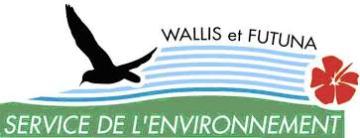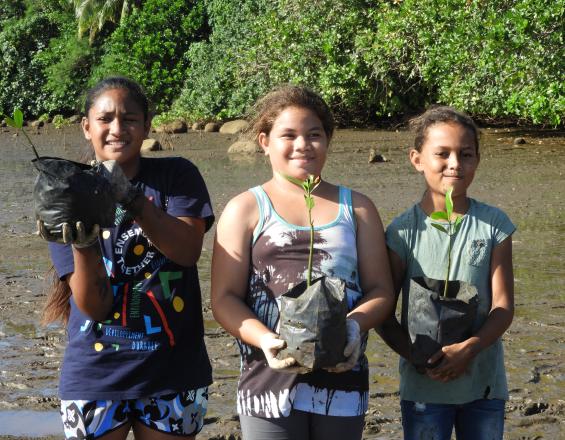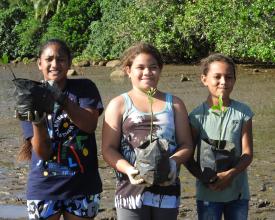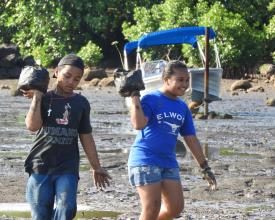
Restoration of mangroves by local communities

As part of a project carried out in 2017 by Wallis and Futuna's Service Territorial de l'Environnement (STE), with financial support from the European BEST 2.0 program, 2.5 hectares of mangroves were replanted. The project involved schools, associations and villages. It involved the construction of 6 nurseries in different villages on the island by associations, which were given technical and financial support.
Local associations were instrumental in carrying out the main activities. The Direction de l'Education Catholique (DEC) was also one of the main stakeholders in the awareness-raising component. Indeed, a close collaboration has been established between STE and DEC, resulting in a large number of school outings and the planting of trees by elementary school pupils. The chief's office is also an important part of the project, as its approval is essential for these actions.
Impacts
The project made an active contribution to building the capacity of teachers and the DEC, who were heavily involved in the project, proposing activities on the theme of mangroves and carrying out field trips. Educational materials were produced during the project, in particular the mangrove educational booklet, which helped pupils to discover this ecosystem. This enabled the younger generation to become aware of the roles played by the mangrove and the threats it faces. The project also strengthened the capacity of civil society to carry out mangrove restoration and replanting operations. Several associations played an active role in the project. Some sixty villagers involved in the creation of nurseries and plantations are now aware of the importance of protecting this ecosystem and are in a position to repeat the operation. The creation of an educational trail in the village of Vaitupu as part of another BEST2.0 project has created some very interesting synergies.



